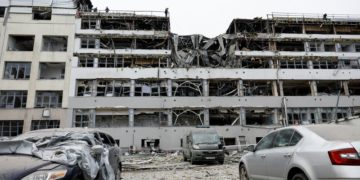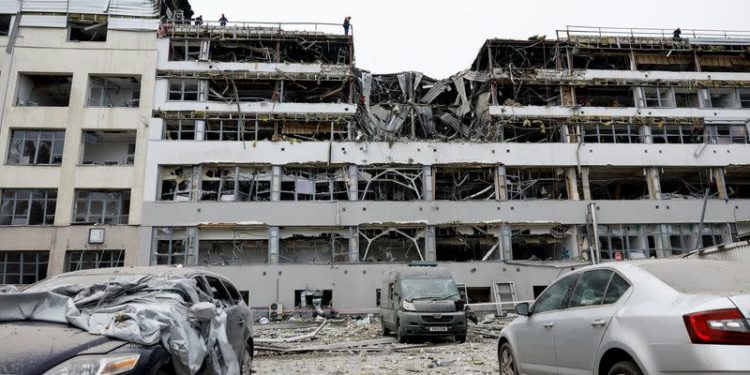As the war in Ukraine grinds through its third year, a faint glimmer of hope emerged from the Kremlin on April 7, 2025—or did it? Kremlin spokesperson Dmitry Peskov announced that President Vladimir Putin still supports the idea of a ceasefire, but with a catch: a series of unspecified “questions” and “issues” remain unresolved, hanging in the air like smoke over a battlefield. According to Peskov, these lingering concerns, tied to Russia’s core interests, must be addressed before any pause in hostilities can take shape. Yet, as of now, Moscow claims it’s hearing nothing but silence from Kyiv and its Western backers.
This latest statement comes amid intensified diplomatic jockeying, with the United States, under President Donald Trump’s administration, pushing hard for a resolution. Trump, who has made ending the war a flagship promise, has grown visibly frustrated with the lack of progress. Just days ago, he vented to reporters about being “pissed off” with Putin, threatening tariffs on Russian oil if the Kremlin doesn’t play ball. Meanwhile, Ukraine’s President Volodymyr Zelensky has signaled readiness for a ceasefire, having agreed to a U.S.-proposed 30-day truce last month—only to see Russia reject it outright.
So, what are these mysterious “questions” stalling the process? The Kremlin isn’t saying—at least not in detail. Peskov’s vague references to “Russia’s interests” echo earlier demands from Putin, including Ukraine’s withdrawal from contested regions and a halt to its NATO aspirations. These conditions have long been non-starters for Kyiv, which sees them as tantamount to surrender. Analysts speculate that Moscow’s latest rhetoric might be a tactical move—dangling the prospect of peace to shift blame onto Ukraine and the West for any continued fighting.
On the ground, the war shows no signs of slowing. Recent weeks have seen escalated Russian missile and drone attacks, while Ukraine has ramped up its own long-range strikes. Both sides accuse each other of violating informal ceasefires, like the one covering energy infrastructure and Black Sea shipping. The disconnect between Moscow’s words and actions has fueled skepticism. “Putin’s ceasefire talk is a mirage,” said Orysia Lutsevych of Chatham House in a recent Guardian interview. “The Kremlin still believes it can gain more on the battlefield.”
Across the Atlantic, U.S. Secretary of State Marco Rubio has taken a measured tone, suggesting Putin’s true intentions will become clear “in weeks, not months.” European leaders, meanwhile, are losing patience. British Foreign Secretary David Lammy accused Russia of “obfuscating” and “dragging its feet,” while Poland’s Radoslaw Sikorski warned that U.S. tolerance for delays won’t last forever. The pressure is mounting, but without clarity on Russia’s demands—or a willingness from Kyiv to entertain them—the ceasefire remains a distant prospect.
For now, the Kremlin’s unanswered questions loom large, casting a shadow over Trump’s peace ambitions and leaving Ukraine braced for another grueling chapter. Is this a genuine opening for dialogue, or just another page in Moscow’s well-worn playbook? Only time—and perhaps a response from the West—will tell.
The post Kremlin’s Ceasefire Conundrum: Unanswered Questions Stall Peace in Ukraine appeared first on WNyuz.



















